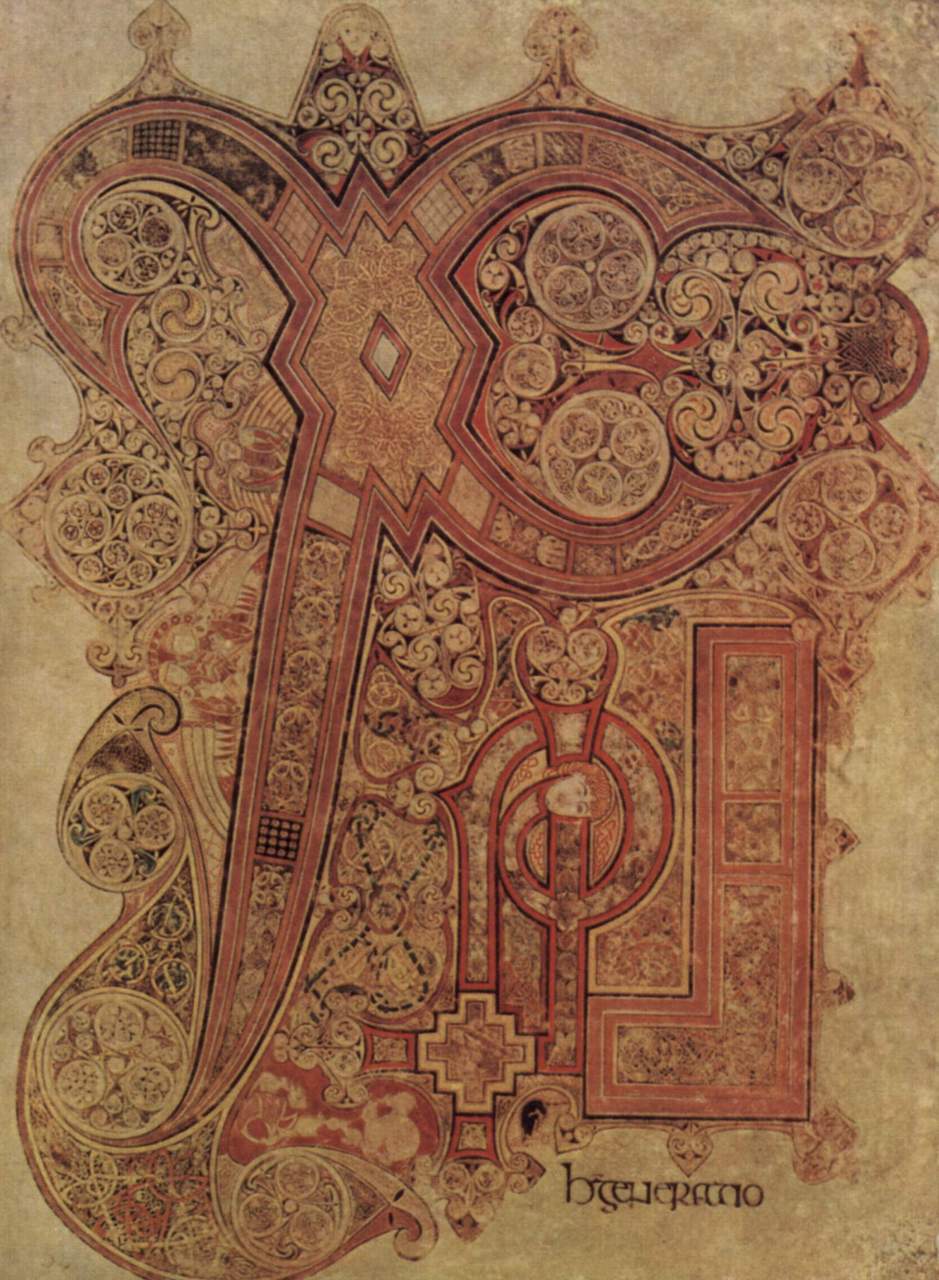How did reclusive monks living in the year 700 or 800 AD draw the intricate lines of the Book of Kells, rendered by hand at sub-millimeter resolution (about the same level of detail as the engraving work found on modern money), hundreds of years before optical instruments became available, hundreds of years before the pioneering visual research of Alhazen? According to Cornell paleontologist John Cisne’s theory, their trick was in the detail and pattern: by keeping their eyes unfocused on the picture plane, the monks could superimpose their linework and judge the accuracy against the template using a form of temporary binocular diplopia (sort of like willing yourself to view a stereograph or one of those Magic Eye posters).
That’s amazing.

